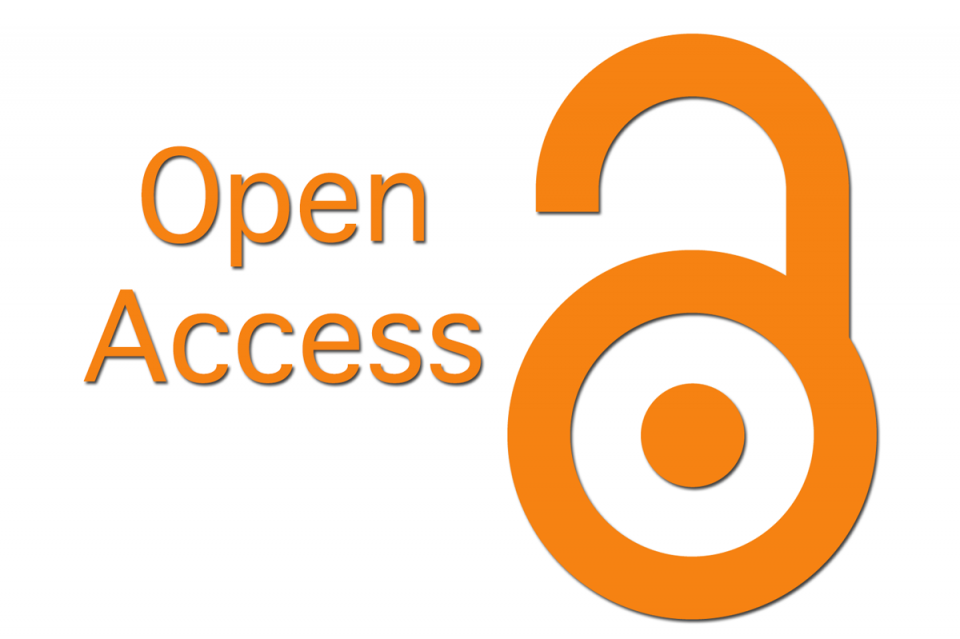EFFECT OF COMMUNICATION INTERVENTIONS ON GENOTYPE COMPATIBILITY DECISION AMONG YOUTHS TO PREVENT SICKLE CELL DISEASE
DOI:
https://doi.org/10.48047/sg1ngf75Keywords:
Communication intervention, premarital decisions, sickle cell diseasesAbstract
In order to stem the tide of sickle cell disease (SCD), there is the need for the development and deployment of appropriate intervention messages to members of the society. This study assessed the effect of health talk, health flyers, and a combination of health talk and health flyers in equipping youths with knowledge on genotype premarital decisions towards prevention of SCD. The study utilized three groups pretest posttest quasi-experimental design. The multi-stage sampling technique was used to select 123 youths. Data were collected using a questionnaire. Two research hypotheses were tested using Analysis of Covariance fixed at 0.05 level of significance. Findings showed that the participants under a combination of Health Talk and Health Messages using flyers benefited more in the intervention compared to participants exposed to Health Talk and the use of flyers. A significant difference was observed in the effect of Health Talk, Health Messages using flyers, combination of Health Talk and Health Messages using flyers on participants’ premarital decisions towards SCD. It is recommended that sickle cell disease education should be added to the health education curriculum of senior secondary schools and tertiary institutions. This will help to educate the youths on sickle cell disease at early age.
Downloads
References
Adewoyin, A. S., Alagba, A. E., Adedokun, B.O. & Idubor, N. T. (2015). Knowledge attitude and control practices of sickle cell disease among corps members in Benin city, Nigeria. Annuals of Ibadan Postgraduate Medicine, 13 (2).
Ajilore, K., Onyenankaya, K., Morka, E., Akoja, M., Akintayo, B., & Ojomo, O. (2018). Demography as a determinant of awareness, knowledge and attitude of Asaba youth to media advocacy campaign on sickle cell disorder. Global Journal of Health, 10 (11), 19-27
Ajzen, I. (1991). The theory of planned behaviour, Organizational Behaviour and Human Decision Process; 50(2). https://doi.org/doi 10. 1016/0749-5978(91)90020-T
Akinsete, A. (2016). 150,000 children are born with sickle cell in Nigeria. Sickle cell foundation in Nigeria. Retrieved from https//www.thisday/live.com/index.php/2016/06/23/150000-children-are-born-with-sickle-cell-disease-in-nigeria
Allege, A. (2015) Sickle cell disease; Nigeria has the largest cases in the world-Research. Retrieved from https:// www.vanguardngr.com/2015/06-sickle -cell-disease-nigeria-has largest-cases-in- the-world-research.
Denis-Antwi, J. A., Dyson, S. M., & Ohene-Frempons, K. (2008). Health care provision for sickle cell disease in Ghana: Challenges for the African context. Journal of diversity in health and social care; 5(4), 241-252.
Jiya, N. M., Umar, A., Ibrahim, K. K., Mohammed, K., Erhabor, O., Mainasara, A. A., Ndakotsu, M. A., Garba, A., & Musa, A. O. (2017). Sickle cell anemia: A study of prevalence among children attending Usmanu Dan Fodiyo University Teaching Hospital, Sokoto, North-Western Nigeria. American journal of medicine, 2 (2),1-8.
Lizette, M., Ayodeji, A., Jennifer, K. M. (2019). Knowledge, beliefs and practices regarding sickle cell eye disease of patients at the sickle cell unit, Jamaica The Pan African Medical Journal, 2019; 32:84. https://doi.org/doi:10.11604/pamj.2019.32.84.14742
Maani, J., Williams, T.N., & Marsh, K. (2007). Sickle cell disease in Africa: burden and research priorities. Annals of Tropical Medicine and Parasitology, 101(1): 3-14.
Maliki, A. E. (2011). Socio-economic status and preferences in marriage partner selection among undergraduates in south-south of Nigeria.Edo Journal of Counseling 4: 39-49.
Scott, D.G., Isaac, O., Hani, .A., Diesia, D.A., Frederic, B.P., & Thomas N.W. (2011) Sickle Cell Disease in Africa a neglected cause of Early childhood mortality. American Journal of preventive Medicine; 41(6): S398- S405. https://doi.org/10.1016/j.amepre.2011.09.013
Sodeinde, O. A. Effect of media intervention on knowledge, attitude and practice intention of primary hypertension prevention among the working class in Ogun State, Nigeria. 2019; A Ph.D thesis from Babcock university, illashan-Remo, Ogun State.
Thomas, N. W. (2016). Sickle Cell in sub Saharan Africa. Hematol Oncol Clin North Am.; 30(2): 343–358. https://doi.org/10.1016/j.hoc.2015.11.005.
Ugwu, N. I. (2016). Sickle cell Disease Awareness, Knowledge and Attitude among Undergraduate Students of a Nigerian Tertiary Educational Institution.Asian Journal of Medical Sciences, 7 (5).
Wastnedge, W., Water, D., Patel, S., Morrison, K., YiGoh, M., Adeloye, D., &Rudan, I. (2018) The global burden of sickle cell disease in Children under five years of age: a systematic review and meta-analysis. Journal of Global Health; 8(2):021103. https://doi.org/10.7189/jogh.08.021103
Downloads
Published
Issue
Section
License
Copyright (c) 2025 Ass. Prof. Kolawole Ayodele, Dr. Emmanuel Morka, Ass. Prof. Samuel Okere (Author)

This work is licensed under a Creative Commons Attribution 4.0 International License.
You are free to:
- Share — copy and redistribute the material in any medium or format for any purpose, even commercially.
- Adapt — remix, transform, and build upon the material for any purpose, even commercially.
- The licensor cannot revoke these freedoms as long as you follow the license terms.
Under the following terms:
- Attribution — You must give appropriate credit , provide a link to the license, and indicate if changes were made . You may do so in any reasonable manner, but not in any way that suggests the licensor endorses you or your use.
- No additional restrictions — You may not apply legal terms or technological measures that legally restrict others from doing anything the license permits.
Notices:
You do not have to comply with the license for elements of the material in the public domain or where your use is permitted by an applicable exception or limitation .
No warranties are given. The license may not give you all of the permissions necessary for your intended use. For example, other rights such as publicity, privacy, or moral rights may limit how you use the material.








